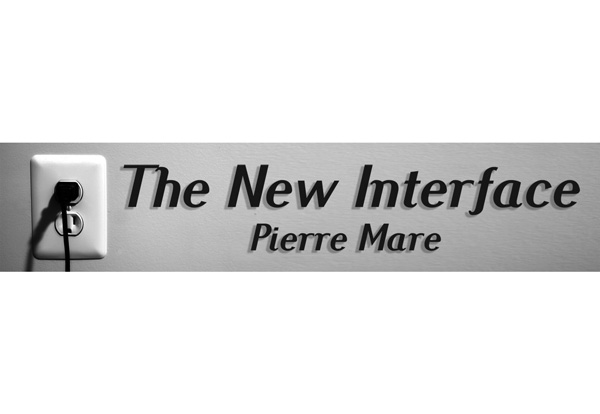
Tips for typography

One of the most important bits of design wisdom I was ever given came from a designer who told me that you can have a design without a picture, but you cannot have a design without typography. This is born out by the fact that the number of ads with just a logo and a picture is a very rare phenomenon. Most ads will have at least a website address.
The standard ad will usually have a headline, body copy, possibly in two paragraphs, and contact details. The logo will also have lettering. All of the letters and words will convey information, so typography is important.
The standard ad normally comes with typographic problems or defects, particularly in Namibia. The headline is inevitably bold, often in a strange font, the copy is normally in the smallest possible type and in a sans-serif, and it is almost always force justified and cramped.
This form of typographic design is based on a slavish repetition of what has been seen and done before, and doesn’t make use of the magic of type.
Let’s start with the headline which is normally bold. Bold type is usually used to draw attention to the words. A bold font in the headline can easily draw too much attention to itself, and at the same time draw attention away from other words beneath it which may contain important information.
There is another point here. Very few fonts are designed with the ‘bold’ variant in mind, so bold is very often a distortion. The simple way around this is to make the headline lettering bigger. Try limiting bold type to words and phrases in copy areas that need to ‘jump out’. Also remember that italics are harder to read and can often be replaced with underlining.
Don’t use ‘creative’ fonts without very careful consideration. Squiggly, malformed letters are harder to read. You want people to read your ad, right?
Consider carefully the psychology of type when doing body copy. The sans serif font is regarded as indicating something ‘modern’ . Is that the perception you want to create? Serif fonts indicate attention to detail and classical values. The serifs, the spots at the end of strokes on letters, make the letters easier to identify and read. Take note, when you scan the web, that the most popular choice is a serif font for contents on screen.
Don’t force justify type to keep the edges neat. Force justifying type creates large gaps between words, which makes the line harder to read. There are people who design book-layouts who are specialists at force justifying, and they use specific fonts that are suitable for force justifying. In almost every instance for other purposes, type MUST NOT be force justified. Scan a large document to see the gaps I mean.
Keep the type big enough to read. Tiny type is not easy to read. If your type is tiny and hides the words, why do you have them there at all? What are you trying to say that needs to be hidden? Small type seems to be a Southern African phenomenon. Most ads in Europe and the US are very confident about using larger type. Once again, look at the web for examples of font sizes that are easy to read.
Use leading (line spacing) to make type easier to read. Lines that are cramped are not easy to read and people get lost between one line and the next. Don’t use too much. About half a line space is too much. Depending on the font, leading of 2 or 3 additional points will be enough.
In the past, typography was constructed using Letraset or movable type, a thing for specialists. Nowadays business people have the ability to experiment with word processors. You can try out all these tips till you find something that looks far more readable, professional and pleasing to yourself.
A final note… Times New Roman was never a standard font until word processing and DTP came along. It was developed for large amounts of copy in the back columns of newspapers. Professional typographers still wonder how it became so common again. If you do still use it for public communication, lose it.













































